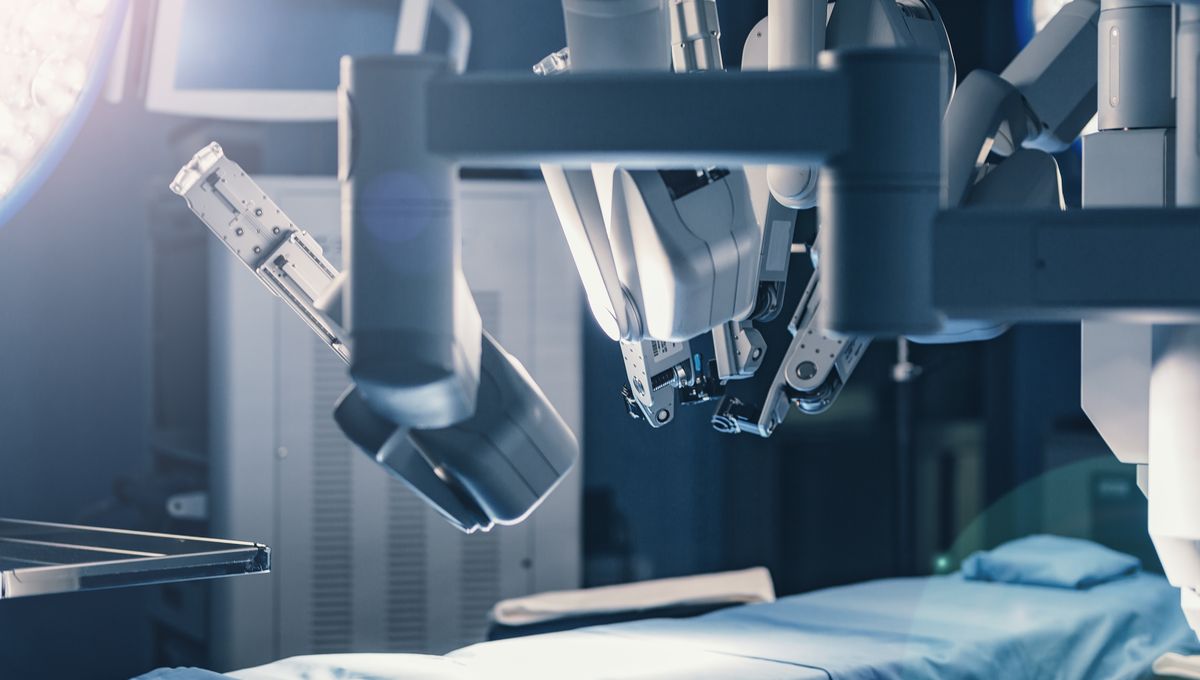Scalpels and Circuits: How Robots Are Revolutionizing the Operating Room

The landscape of surgical innovation is undergoing a remarkable transformation as a new wave of advanced robotic technologies emerges, promising to revolutionize medical procedures. While robots have been a familiar presence in operating rooms for decades, the latest generation represents a quantum leap beyond mere assistance.
These cutting-edge robotic systems are not just passive tools but intelligent, precision-driven partners that are fundamentally reshaping surgical capabilities. Unlike their predecessors, which primarily supported human surgeons, these advanced robots are poised to take a more active and autonomous role in complex medical interventions.
Surgeons and medical engineers are collaborating to develop robotic platforms that can perform increasingly sophisticated tasks with unprecedented accuracy and minimal invasiveness. From microsurgical procedures to intricate reconstructive operations, these technological marvels are pushing the boundaries of what was once considered possible in medical science.
As artificial intelligence and machine learning continue to advance, we can expect these robotic surgical assistants to become even more intelligent, adaptable, and capable of performing procedures with a level of precision that surpasses human limitations. The future of surgery is not just about assistance—it's about a true partnership between human expertise and robotic innovation.

